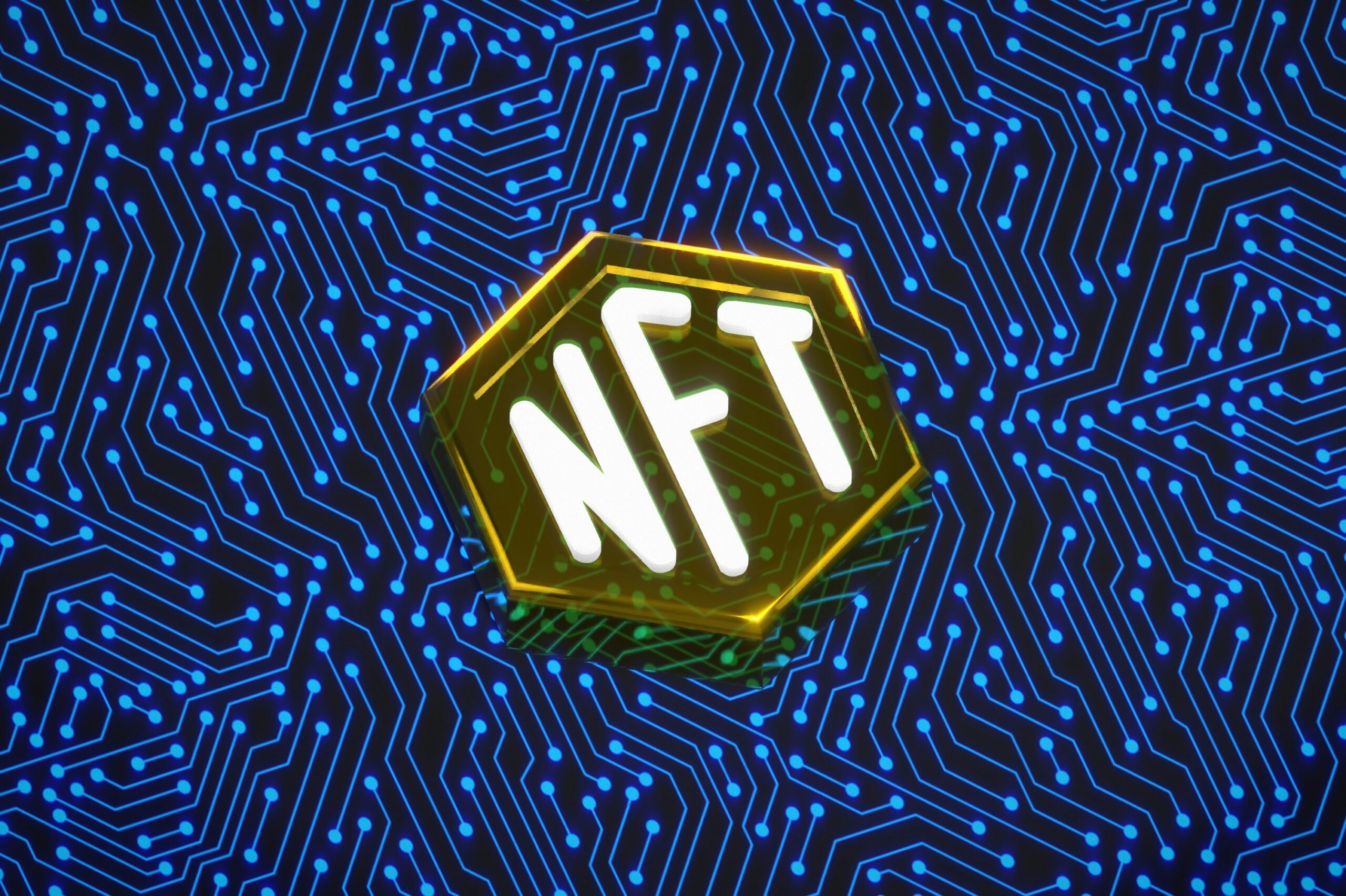Cryptocurrencies: The Era of Decentralized Money
Cryptocurrencies have revolutionized the way we store and transfer value by eliminating the need for intermediaries like banks. Through blockchain technology, they enable a decentralized financial system that operates without a central authority. With this decentralization, financial transactions and cross-border payments can be settled at lower costs and with greater efficiency. All you need is a crypto wallet and an internet connection to send money across borders.
Unlike fiat currencies, which can be printed and are subject to inflation, Bitcoin has a limited supply. This scarcity is designed to prevent inflation. Over the years, BTC has grown in value and is now widely regarded as a valuable investment asset.
Beyond serving as investment assets, cryptocurrencies are also used for payments and financial services such as crypto lending and borrowing. New forms of digital assets have also emerged, such as NFTs, which represent ownership of unique digital collectibles.
Practical Financial Uses of Cryptocurrencies
Cryptocurrencies can be effectively used as store of value against fiat money inflation. However, users must also watch out for crypto price fluctuations caused by ever-changing market demand and investors’ behavior (buying and selling pressures). The price of cryptocurrencies depends on various factors such as supply, current demand, macroeconomic events like interest rates, and regulatory developments. These macroeconomic factors affect investor confidence, leading to sell-offs and buying sprees, hence price fluctuates. Stablecoins are a safer alternative for storing money to protect it against fiat money inflation.
During economic downturns, cryptocurrencies can attract interest as alternative investment opportunities. When central banks reduce interest rates, traditional assets become less rewarding for investors, and many shift to cryptocurrencies due to their perceived higher return potential and diversification benefits. Crypto investors also capitalize on the inherent price swings of crypto assets to make profits.
In addition to being used as a store of value and investment, cryptocurrencies are also widely used for business payments. Their decentralized nature facilitates cost-effective cross-border payments, reducing transaction fees compared to traditional financial systems. This utility makes cryptocurrencies a practical option for many consumers and businesses looking to streamline financial transactions.
Top 5 Cryptocurrencies Shaping the Future of Finance
1. Bitcoin
From since its creation, Bitcoin has always been dominant crypto with most share of market. Currently BTC holds 56% market share, and it also has largest market capitalization. It is considered a great investment asset with a potential to grow further in the long-term. Bitcoin is used in both short-term and long-term investment strategies. Recently in 2024, there has been growing demand of BTC, fuelled by multiple factors such as halving event and approval and launch of BTC ETFs.
In the previous years, the adoption of Bitcoin as payment asset has increased significantly. Many companies like Microsoft, AT&T and Shopify allow crypto payments. More businesses in the future are likely to adopt crypto payments because it provides several benefits such as expansion of customer base, lower transaction costs, and access to unbanked population.
2. Ethereum (ETH)
It is the second-largest cryptocurrency in terms of market capitalization, currently having a price of about $4,270 at the time of writing. It is renowned as a great investment asset, widely used by the DeFi community and day traders. Despite losing much of its value in 2023, it surged again in 2025 and reached a new all-time high of $4,831. Many analysts expect its value to grow in the long term due to rising adoption fueled by DeFi protocols. ETH is the native coin of the Ethereum blockchain, which is the most widely used for DApp development.
The growth of DeFi directly fuels ETH’s demand because it is used for transaction fees, collateral, and participation in various financial products. ETH is also used in staking to secure transactions on the Ethereum blockchain. Moreover, it plays a key role in other financial services such as funding borrowers on lending platforms and providing liquidity in pools to facilitate trading.
3. Tether (USDT)
Tether is the most popular stablecoin that is pegged to real-world asset like US Dollar. Due to its stable value, Tether is widely used in trading pairs with BTC and other cryptocurrencies. While stablecoins cannot be used as investment assets since their price remains the same, they have many other financial utilities. Traders and investors also use Tether (USDT) to hedge against market volatility of other cryptocurrencies. By holding this coin, they protect their portfolio’s value without needing to convert to fiat currency.
This stablecoin has great use cases in decentralized finance (DeFi) applications. It is used for lending, borrowing and earning interest. By staking Tether, investors can obtain predictable rewards, providing a stable and reliable way to participate in DeFi ecosystems.
4. BNB
BNB is the native coin of BNB chain, a blockchain built by Binance. Originally launched as an ERC-20 token on Ethereum, it later transitioned to BNB chain. It also serves as Binance ecosystem’s native coin, opening up investment and passive-income opportunities through staking. Binance traders enjoy discounted transaction fees by holding and staking BNB. This coin is widely used for staking and other DeFi activities. One interesting use case is that it provides the ability to participate in token sales on Binance launchpad.
As of now, BNB is priced at approximately $859, and it reached a new all-time high of around $899.77 on August 23, 2025—its most recent peak. If you’re an active Binance user or engage with DeFi protocols on BNB chain, BNB could be a valuable asset for you.
5. Solana (SOL)
It is sixth largest cryptocurrency in terms of market capitalization currently priced at $201. It is native coin of Solana blockchain, which is known for its high-speed transactions and scalable capabilities. The popularity of SOL has been largely driven by the robust ecosystem of DApps and DeFi protocols built on the Solana network.
This cryptocurrency is not only used in investment but also used in various DeFi activities. Many investors use this coin for staking to earn passive income. Beyond staking, this coin is actively used in Solana ecosystem for other DeFi activities such as lending, borrowing, yield farming and trading NFTs.
Concluding Remarks
As the financial world continues its shift toward decentralization, cryptocurrencies are proving to be more than just speculative assets—they are becoming essential components of the global economy. Bitcoin leads as digital gold, Ethereum fuels innovation through DeFi and smart contracts, Tether ensures stability as the most widely used stablecoin, BNB strengthens the Binance ecosystem, and Solana powers fast and scalable transactions. Together, the growth of these cryptocurrencies highlights the increasing adoption of blockchain technology and its potential to redefine how money works. Investors, businesses, and consumers who embrace these innovations today are positioning themselves at the forefront of the financial revolution.


